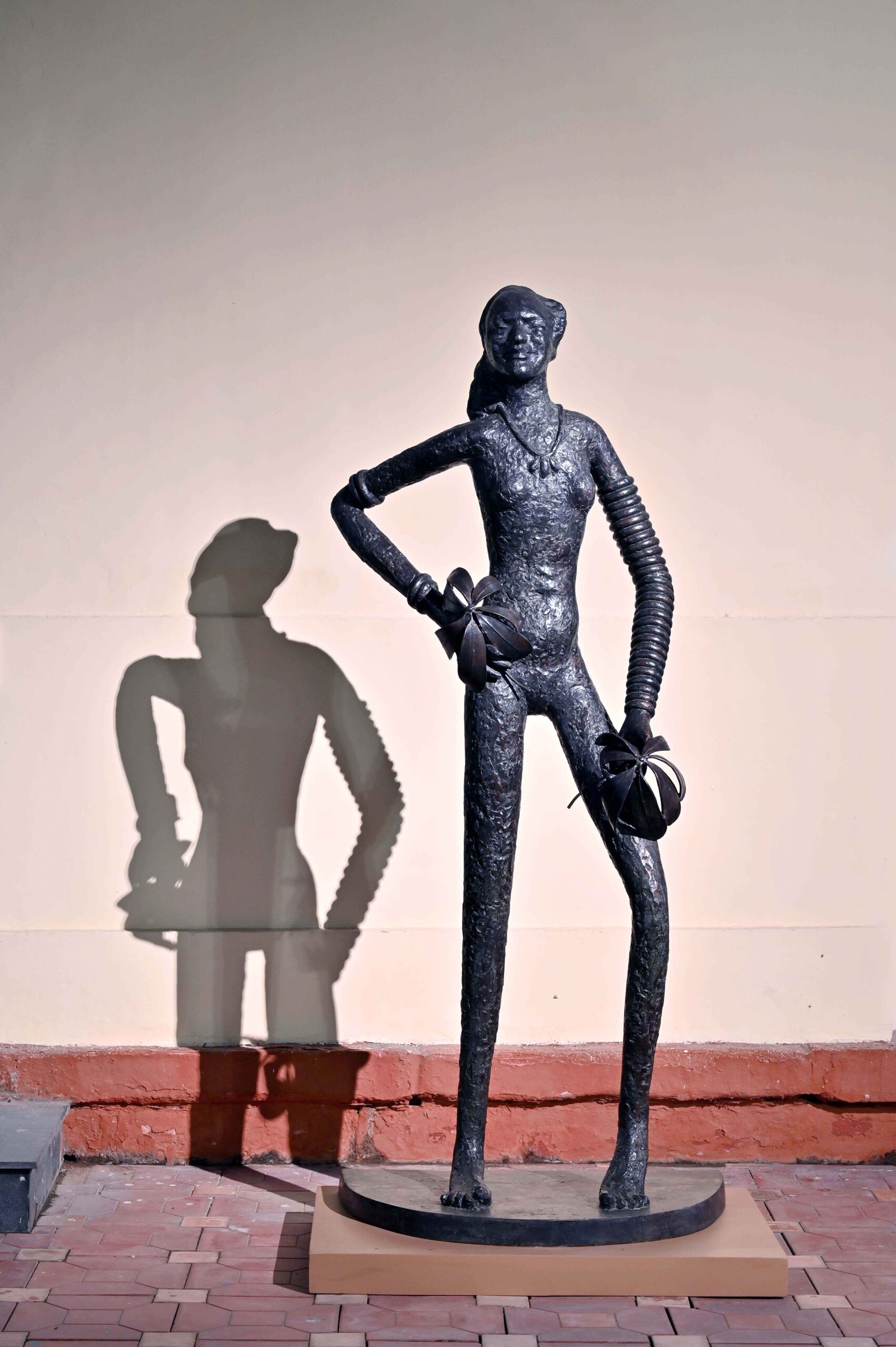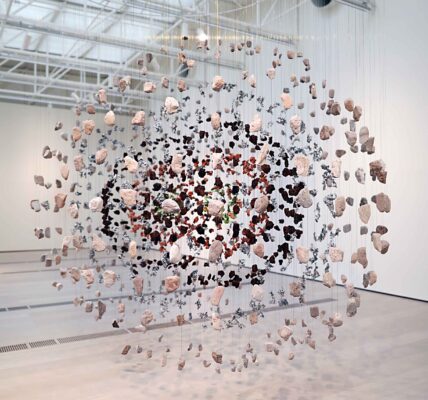Tantric Art
Dr. Seema Bawa
Tantric Art remains one of the most misinterpreted, and even abused, labels amongst contemporary art practice. An art work appropriating Tantric symbols and iconography out of context would not qualify as Tantric Art. As its bedrock, Tantra, involves positing a self that can transcend spatio-temporal limits or causation and is predicated on the practice of adherence to the “Vidhi”, that is doctrines or principles of the tantras, involving mantras, meditation, yoga, and ritual. As a lived tradition of practitioners, tantric art developed over more than a thousand years into an art form with a holistic world view, iconographic intricacy and spectacular beauty. At the heart of this, are practices that trace their origins to ancient Indic ritual and practices, and which finds its effulgence as a separate identifiable sect in the early medieval period in both
Hinduism and Buddhism.
Neo Tantric art, as it has developed in India, has taken up the symbolism of the mandala into its artistic vocabulary and ignored the iconographic prescriptions probably because of its very intricacy and esoteric nature, which is couched in an esoteric language matrix, the Sandhyabhasha. The bindu and mandala have become the essentials of contemporary Tantric art practice, with artists like Raza, Ghulam Rasool Santosh and many of their derivatives delving into the energies of the point of concentration and colour patterns to depict the Tantric doctrines.



